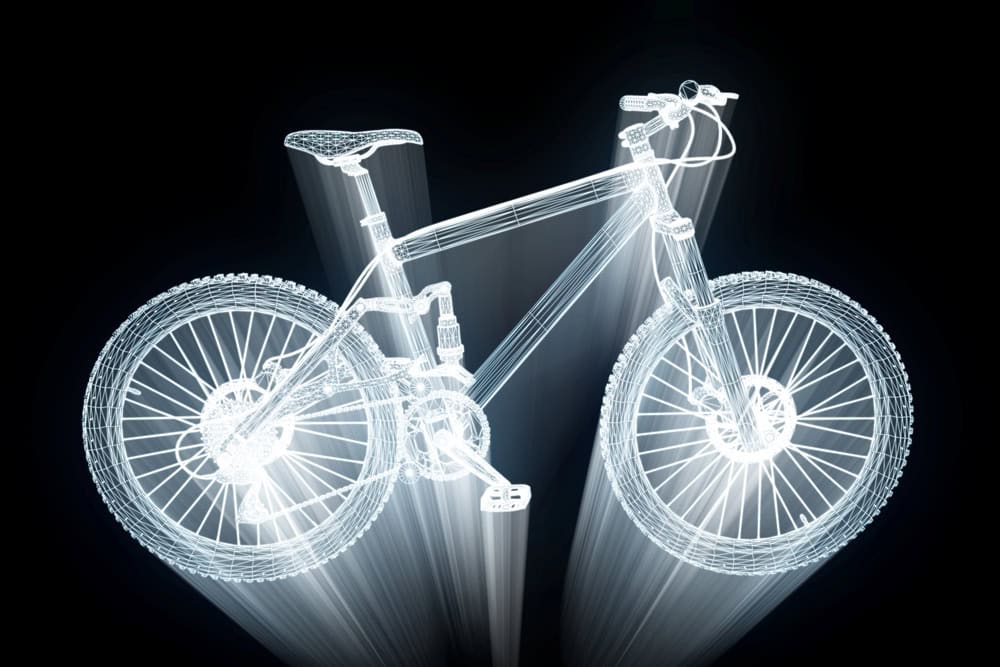
Otis Elevator is leading the way in IoT connectivity with the world’s “original” autonomous vehicles.
It was recently pointed out that elevators were the original autonomous vehicles, having first gone “driverless” about a century ago. Now, elevators are again leading the way into the world of IoT and connected real-time transportation networks. One such leader in the vertical transportation space is Otis Elevator, a $12-billion company founded 165 years ago, which is deploying IoT capabilities in new ways..
In May, the company announced its “Otis ONE” IoT service platform, a connected elevator solution that personalizes the service experience through real-time, transparent information sharing, communication tools and predictive maintenance insights. The platform is intended to provide real-time insights and integration with customers’ systems so the company’s service professionals can predict issues before they happen and minimize downtime.
Otis has a global network, both physical and digital – it operates two million elevators in most of the countries in the world, with 68,000 employees and 33,000 mechanics in the field. The company’s vehicles move two billion people a day.
The Otis ONE digital platform combines remote monitoring with cloud technology, machine learning and the internet of things to deliver real-time equipment health information in addition to predictive maintenance insights. Information is gathered directly from elevators and escalators via smart sensor technology. Data is then sent to the cloud where it’s aggregated and analyzed and delivered to customers and Otis’ service teams, all in real-time. Otis ONE leverages data from more than 300,000 connected units to create predictive insights.
Designing an elevator differs greatly from even a decade ago, says Marcus Galafassi, VP, Information Technology and CIO for Otis Elevator Company. Galafassi recently spoke with CXOTalk’s Michael Krigsman about Otis’ journey into the digital, always-on economy. “When you design a product, and I talk about an elevator, we need to think in that perspective as well,” he says. “How can we integrate the sensors? How does that sensor go into the cloud? What are the AI opportunities we have around that? Can I put Alexa to call the elevator?” Galafassi adds that an Alexa system – which responds to natural conversation voice commands – has been installed in some of its elevators.
See also: What autonomous vehicles can learn about IoT about real-time design
Galafassi describes a feature called “Campus View,” which provides real-time visual insights into how healthy the customer fleet, the elevators, are in their respective buildings. Elevator status is represented as red and green dots – “red because we can have an elevator or the unit down, shut down. When you click, it can start to turn green to yellow, yellow to red, and you can move the time. The time means I can move ahead a little bit and see in three months that yellow becomes red. That’s what we can see.”
In addition, Otis is feeding off sensor data in our cloud, Galafassi continues. One issue its IoT-based predictive analytics system has been delivering results is in managing perhaps the most troublesome components of elevators — the doors. “Sixty percent of our callbacks, or unexpected visits, are driven by door problems,” he explains. “We have done very well in predicting how these patterns of failures could happen and then how they would happen. We can anticipate that failure.”
Ultimately, Oyis’ IoT-based real-time network is key to keeping its two million elevators running reliably and safely. “Customers need our elevators 100% of the time up and running,” Galafassi says. “That’s pretty much the whole business value we see with IoT in our case.”































